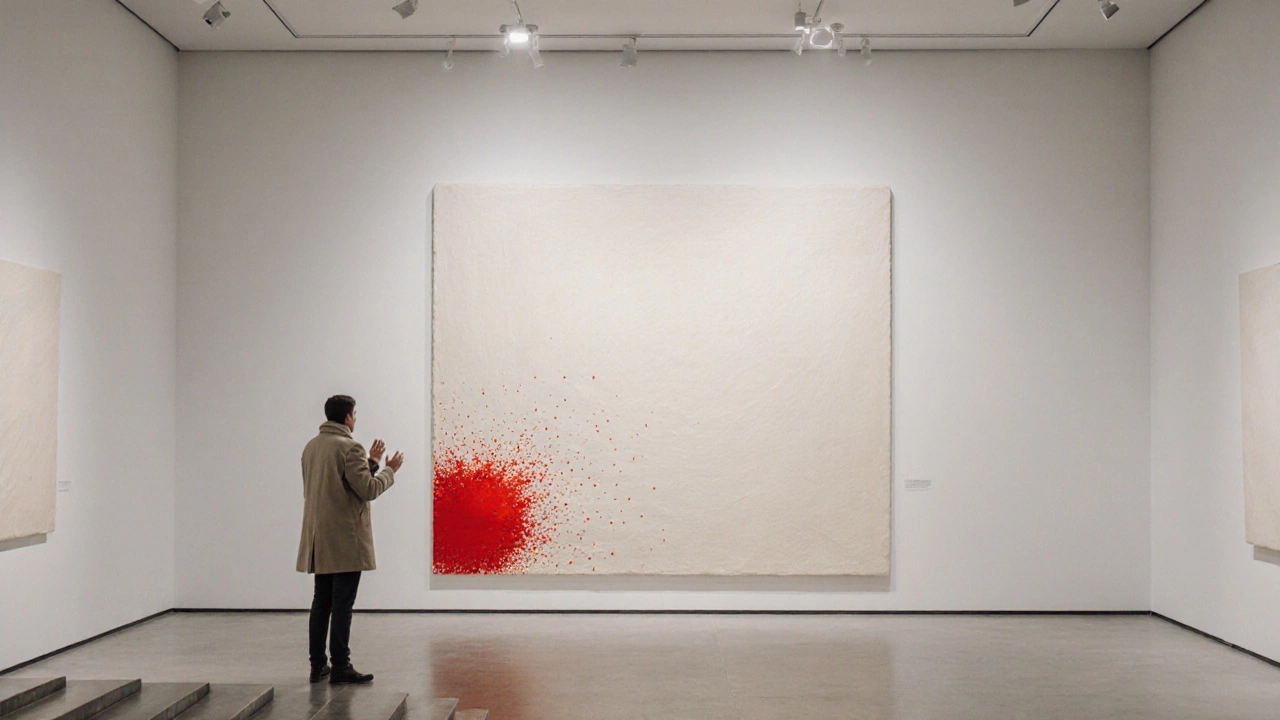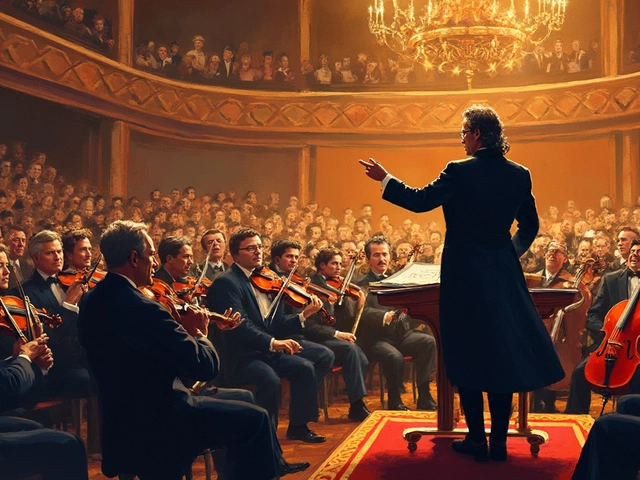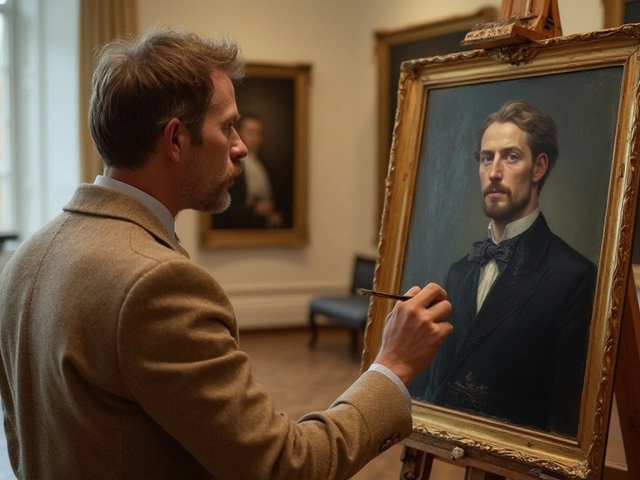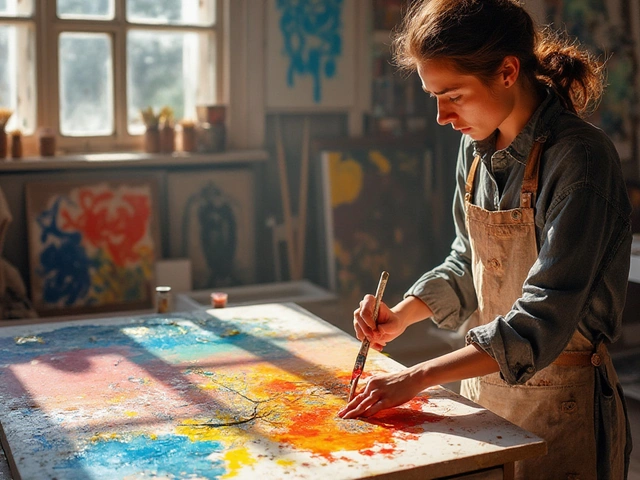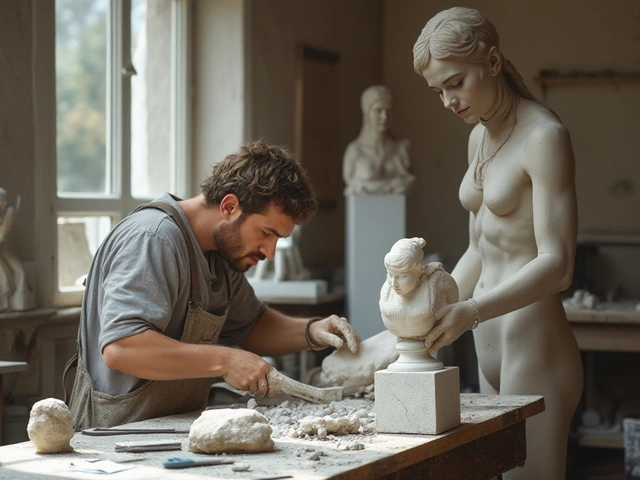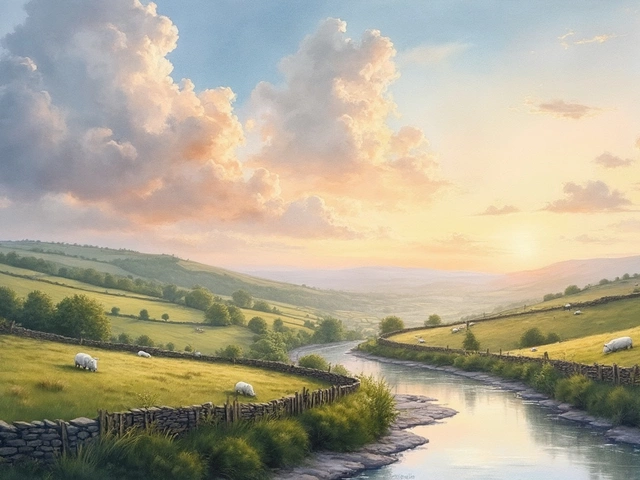Modern Art Skill Evaluator
Artwork Analysis
Evaluation Results
Key Assessment Criteria
When you walk into a gallery and see a blank canvas with a splash of paint, you might wonder, modern art skill seems missing. Is it really a lack of ability, or something else? Let’s break down the ideas, history, and attitudes that shape this debate.
What Do We Mean by “Skill” in Art?
First, pin down the word. Skill can mean technical prowess - the ability to control brushstrokes, carve marble, or mix pigments perfectly. It can also refer to conceptual skill - the capacity to convey ideas, provoke thought, or challenge norms. Both are valuable, but they show up differently in modern art.
Modern Art is a broad movement that emerged in the late 19th century and exploded after World War II. It embraces abstraction, experimentation, and the idea that art can exist without traditional representation. The movement includes styles like Abstract Expressionism, Conceptual Art, and Performance Art, each redefining what counts as “art.”
Historical Shifts That Redefined Skill
In the 1800s, the Academy set strict standards: anatomy, perspective, and precise rendering. Artists who mastered these were celebrated. But the rise of photography gave a new way to capture reality, freeing painters from literal representation.
Fast‑forward to the 1950s: Jackson Pollock an Abstract Expressionist famous for drip painting, turned the act of painting itself into a performance. Critics argued he abandoned skill, yet his control over momentum, timing, and material was a different kind of mastery.
Later, Cindy Sherman used photography to explore identity, turning the camera into a tool for narrative rather than a brush. Her work asked: do we need to paint well to make art that matters?
Common Misconceptions About Modern Art
- It’s “just random splashes. Many pieces follow strict processes, like the grid systems used by Andy Warhol who employed silkscreen printing to explore mass media.
- Artists lack training. Many modern artists spend years in art schools, mastering traditional techniques before breaking the rules.
- The audience decides skill. Popular opinion can be influenced by trends, museum curation, and media hype rather than objective assessment.
How Conceptual Skill Works
Conceptual artists often start with an idea and let the execution serve that idea. The “skill” lies in research, context, and the ability to make a simple object carry layered meaning. For example, Dada a movement that used ready‑made objects to challenge what art could be. The technical hand isn’t the focus; the intellectual hand is.
Performance art, like Marina Abramović’s endurance pieces, relies on the artist’s physical and mental discipline - a skill set that’s rarely visual but profoundly impactful.
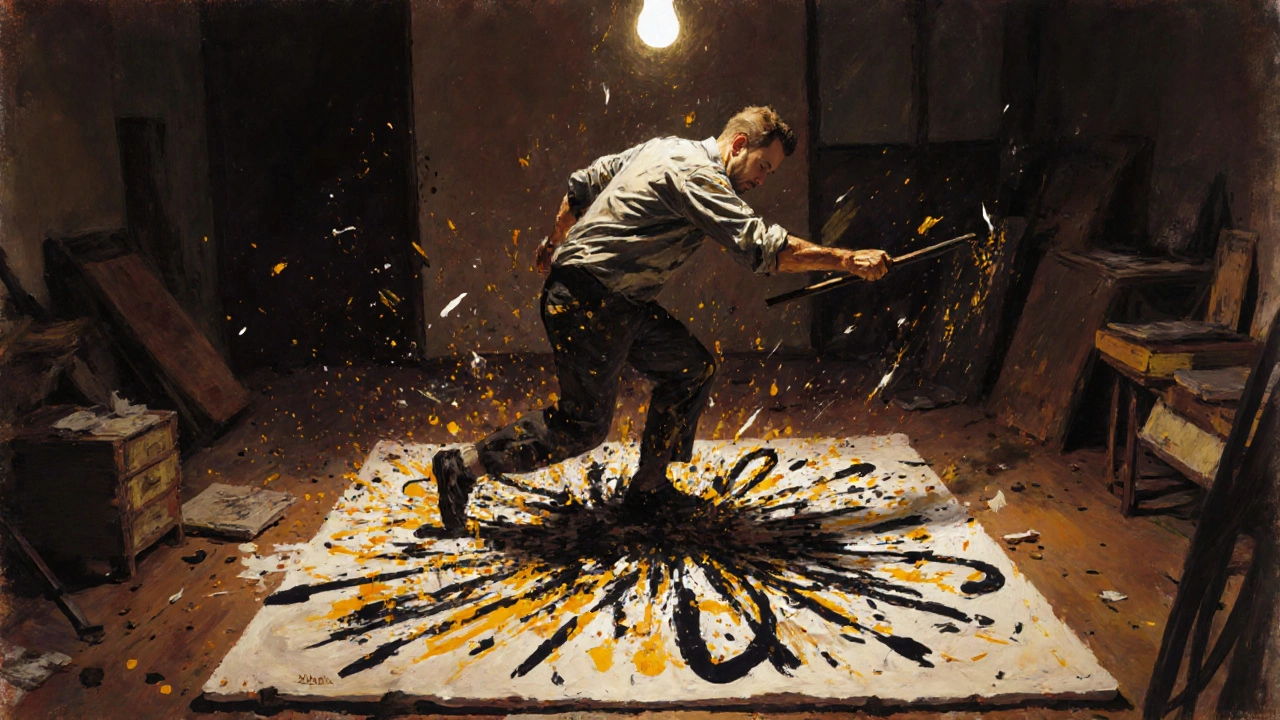
Traditional vs. Modern: A Side‑by‑Side Look
| Aspect | Traditional Skill‑Based Art | Modern Conceptual Art |
|---|---|---|
| Primary Goal | Accurate representation, aesthetic beauty | Idea communication, cultural critique |
| Training Focus | Life drawing, perspective, color theory | Research, theory, interdisciplinary methods |
| Viewer Interaction | Visual appreciation, technical admiration | Intellectual engagement, emotional provocation |
| Typical Media | Oil, marble, watercolor | Installation, video, found objects |
| Evaluation Metric | Craftsmanship, realism | Conceptual depth, relevance |
The table shows that “skill” isn’t a single thing. It shifts with the artist’s intent.
Learning From Both Worlds
If you’re an aspiring artist, don’t reject one side for the other. Master the basics - a solid foundation in drawing, composition, and color will always help you communicate. Then, study art theory, read philosophy, and experiment with new media.
Take a workshop in printmaking, then attend a talk on post‑structuralism. Blend the hand‑crafted with the idea‑driven, and you’ll develop a hybrid skill set that feels both grounded and fresh.
Why the Debate Persists
Part of the controversy is economics. High‑priced modern works often sell for millions, leading some to suspect hype over talent. Media coverage amplifies bold statements, making the narrative that “modern art lacks skill” easy to repeat.
Another factor is education. Many art history courses still frame modern movements as a rebellion against skill, without fully exploring the new forms of mastery they introduced.
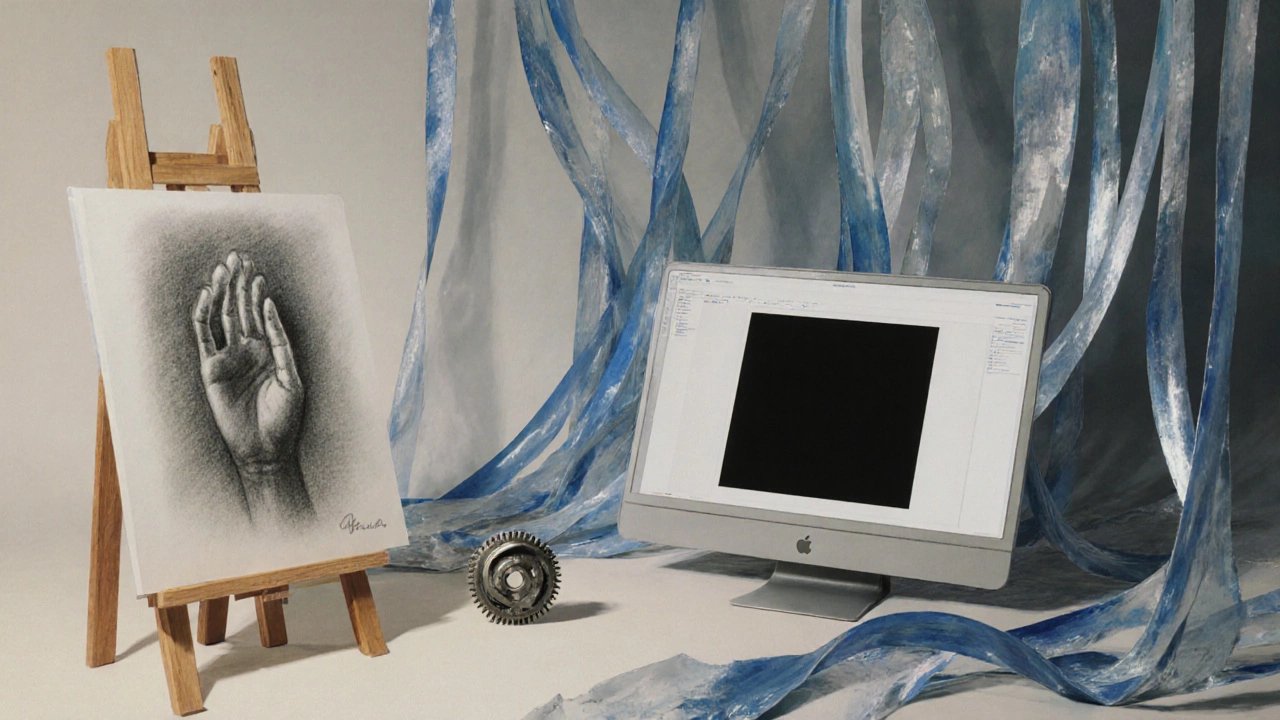
What Critics Actually Say
Renowned critic Jerry Saltz writes that the best modern art combines both conceptual rigor and visual craft. He argues that dismissing an entire era as “unskilled” overlooks the nuance.
On the other hand, some traditionalists like John Ruskin historically championed moral and technical standards in art. Although Ruskin predates modernism, his emphasis on craftsmanship still influences debates today.
Practical Tips for Evaluating Modern Art
- Ask what the artist intends to communicate.
- Look for the process: does the work reference a known technique or a new method?
- Consider context - the era, cultural references, and exhibition setting.
- Notice your own reaction - are you intrigued, confused, or bored? Your response often reveals the work’s impact.
- Research the artist’s background - many trained in classical studios before turning avant‑garde.
Wrapping Up the Conversation
Modern art isn’t a monolith, and skill isn’t a single gauge. It’s a spectrum where technical mastery meets conceptual daring. By recognizing both sides, you can appreciate why some pieces feel raw while others hide meticulous planning behind a seemingly simple façade.
Is modern art really “unskilled”?
No. Modern art often shifts the definition of skill from pure technique to ideas, process, and context. Many artists still train rigorously in traditional methods before applying them in new ways.
How can I tell if a modern piece is well‑executed?
Look for intentionality: a clear concept, thoughtful material choice, and evidence of a disciplined process, even if the final visual appears simple.
Do modern artists still learn traditional drawing?
Yes. Many art schools teach life drawing, anatomy, and perspective before encouraging students to experiment with abstraction or conceptual work.
Why do some people feel modern art is overpriced?
The market is driven by rarity, brand, and collector speculation. When a piece is celebrated for its idea rather than visible skill, some buyers question its monetary value.
Can I improve my own art by studying modern movements?
Absolutely. Exploring how artists break rules can inspire you to blend technique with personal concepts, enriching both your skill set and your voice.
